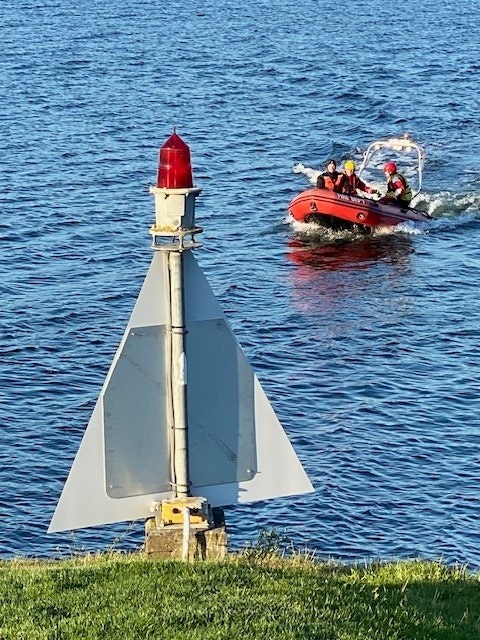Technical Rescue Team

Rescue: The District is equipped to provide broad range of emergency rescue services for a wide variety of emergency situations, including industrial accidents, elevator rescues, structure collapse, water borne rescues, and confinded space rescue.
The District maintains a compliment of basic rescue tools and equipment on each staffed engine. This is augmented with a dedicated Rescue unit equipped with a more robust compliment of specialized rescue equipment. This includes hydraulic rescue tools, cribbing, air bags, specialized lifting and cutting equipment, and more.

Technical Rescue: Firefighters are occasionally called upon to address what constitutes a technical rescue. These are unique, high risk situations that are technically complex because they require specially trained personnel, complex incident management, detailed risk management, and highly specialized equipment in order to complete the mission successfully.
The District maintains a technical rescue team of responders who are specially trained to perform complex rescues ranging from confined space, trench, high-angle rope, and swift-water rescue; extrication from heavy machinery, urban search & rescue where people are trapped within a collapsed structure, and much more.
The District’s responders are trained to one of three levels. The Awareness level where they possess the minimum skills needed to identify and support a technical rescue. The Operations level is where they are able to operate basic equipment, apply limited techniques, and directly support Technician level responders. Technician level responders are highly trained specialists who are able to perform the most complex of rescue operations.

Swift Water Rescue: The array of rivers and water ways located throughout the Olympic Peninsula are a popular attraction to those seeking the recreational opportunities such as fishing, swimming, exploring, and rafting. Unfortunately, many fail to respect the power and hidden dangers of the swift water conditions commonly found in these water ways. They use rafts designed for swimming pools, or don’t wear personal flotation devices (PFD’s). Consequently, some get in trouble and need to be rescued.
